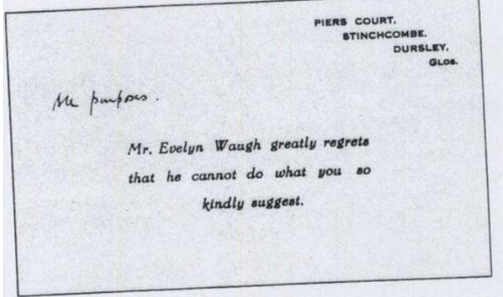Telling good stories is a great way to lead, entertain and educate
When you start telling good stories, you boost your leadership presence. Good story-telling makes you a more effective teacher and influencer. And telling good stories makes you more approachable. Of course, we have heard someone say “Oh, my goodness, you should have heard the story he told!”. But I’ve never heard anyone say “Oh, my goodness, you should have seen that great powerpoint slide I just saw!”. So telling good stories is important. Why don’t we do it more often? Here are some blocks my Presentation Mastery students have overcome:
- my life isn’t interesting. I’ve not walked on fire or scaled a volcano (I call this the Walter Mitty problem!)
- I don’t know how to find good stories
- my stories are not relevant
- there isn’t time to tell a story
I’ve dealt with some of these in the Presentation Mastery manual, and in the links above. The important thing is that anyone can tell good stories. It’s just a question of understanding the principles. The secret to telling a good story is YOU. You acquire leadership presence when you tell stories from your own life. Especially when you tell good stories well. Telling good stories is also about revealing a little of yourself.
What makes a good story
Here are some principles to take you from telling ordinary stories to telling good stories. When telling good stories you:
- use the first person: “I” is the protagonist : they are told in the first person
- make sure something happens. You are telling good stories not giving good opinions. A story usually starts with a time period (When I was 12, when I was at school, last week, it was a rainy Thursday night, Once upon a time)…
- are just an event or a single incident. It is not a list. It’s not something we did every day forever. Unless the habitual actions form the “how everything was before the world changed” part of the story. This is the first 20 minutes of any movie.
- provide detail. Don’t just get into the car. Get into the Torana, the Datsun 180b or the Porsche. All of those make different stories!
- includes elements of the universal. Universals are things we’ve all done. For example, we’ve gone to school, been to a job interview, learnt to drive (maybe). This means the audience can relate and they get in rapport with you.
- can tell about something extraordinary (scaling a volcano, watching your dog get run over, nursing a sick friend): the human drama fascinates us. Make it more relatable by telling good stories about you, the ordinary protagonist, doing extraordinary things. Or you, the ordinary protagonist in an extraordinary situation. The Ben Stiller version of Walter Mitty was all about that. Every movie based on the Hero’s Journey is like that too!
- tell them from your experience. You don’t make them up. This means you can easily remember them because you lived them.
- are practiced a few times (so you can cut out the bits you don’t need and keep in the bits you do need)
- link in unexpected ways to the point you’re trying to make.
Tips for telling good stories
So the guidelines for telling good stories are:
- start with WHEN (last week, when i was 10, at christmas)
- make yourself the hero / protagonist
- hone in on a single event, not a series of actions
- have an emotional response to the story
- link or bridge to your point (you can start by saying “the reason I’m telling you this story is…”)
A story spine for telling good stories
The spine for telling good stories is:
- It was (insert time)…
- I went / saw / found / did…
- here’s how i feel about that…
- and why I’m telling this story to you now…
Come practice telling good stories at Presentation Mastery
If you’d like to practice telling good stories out loud, come join me at Presentation Mastery. I run public training programs in Sydney, and in-house in your organisation.





